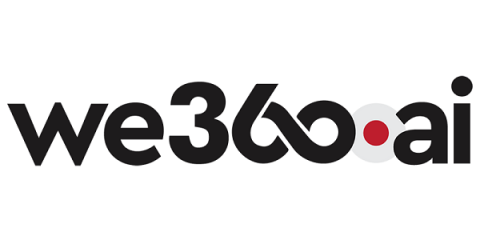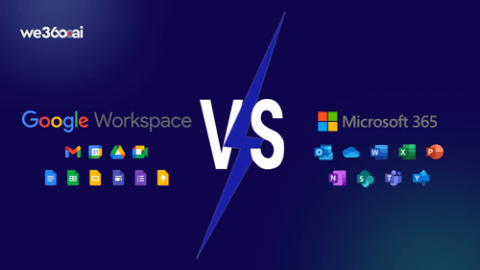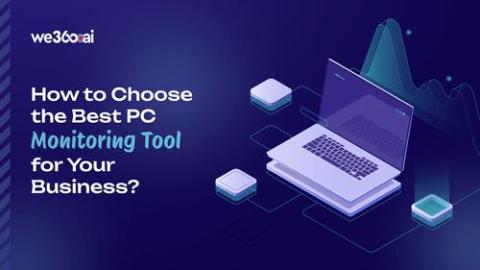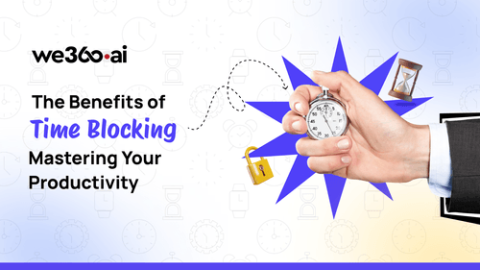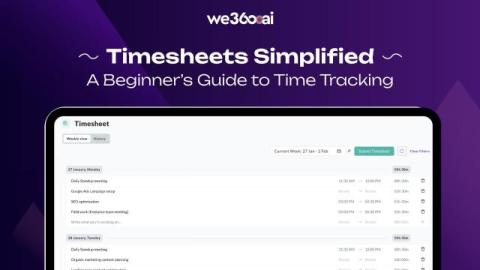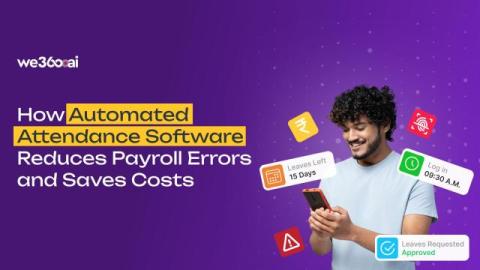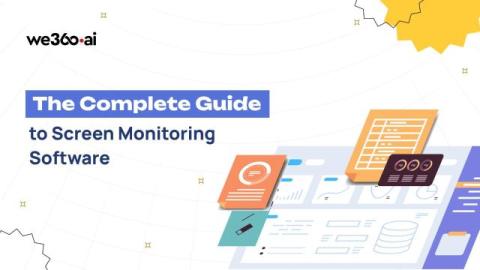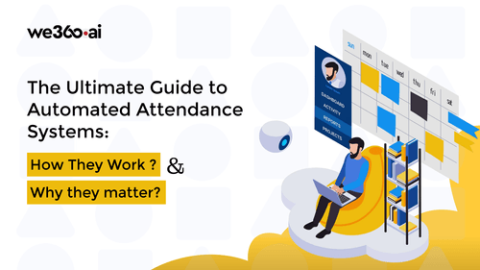What is People Analytics? A Complete Guide for HR Professionals
In today’s data-driven business world, HR is no longer just about managing people—it’s about making strategic decisions backed by data. This is where People Analytics comes into play. Organizations are leveraging HR Analytics, Workforce Analytics, and Talent Analytics to optimize workforce productivity, improve employee experience, and drive business success. But what is People Analytics, and why is it essential for HR professionals?


